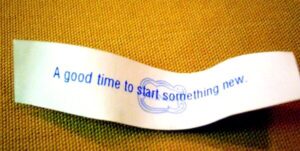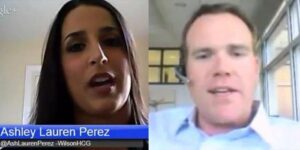
Forbes Picks TalentCulture As A Top Career Site: 3 Reasons Why It Matters
TalentCulture is thrilled to be featured on Forbes List of “Best Websites For Your Career.” Why? In the spirit of lists everywhere, here are 3 reasons…

TalentCulture is thrilled to be featured on Forbes List of “Best Websites For Your Career.” Why? In the spirit of lists everywhere, here are 3 reasons…

Think you’re ready to quit your job and strike out on your own as an entrepreneur? There may be a better path to your professional goals…

Under what conditions do you perform best? If something is standing between you and your work “zone” it’s time for a work/life fit reality check…

Statistics show that tapping into the flexible workforce is a smart business move. Why? This infographic illustrates 5 compelling reasons…

In the social era, there’s nowhere to hide. 80 million times a day, someone searches on Google for a name. Are you positioned for strength?

Even today, negative stereotypes can cast a shadow over our professional lives. See what experts from a top recruiting outsourcing firm say about labels in the workforce – this week’s focus on #TChat…
The employment picture is bleak. But that doesn’t mean that business opportunities are dead. Historically, startups have created more jobs than established companies, in good times and bad. So perhaps more of us should embrace entrepreneurship?
In a time of historic unemployment, with veterans returning from protracted wars, the TalentCulture community takes a hard look at how America can leverage the talents of those who have served our country…
Employee engagement – it’s not just a buzzword for HR insiders. It has real meaning and implications for companies today. Getting it right can mean a sustainable advantage. And that’s why it was the center of attention at #TChat this week…
Employer brands and personal brands – is alignment required? Should employers strive to promote a fit? And what is a good balance – for better or worse? We’ll explore these issues and more at #TChat this week…
I’m not going to throw you any softballs. We did enough of that in last night’s #TChat. Instead, I’m going to throw the next pitch
What’s your role at work – and how is that working for ya? Feedback from the most recent #TChat Twitter conversation among TalentCulture community members…
#TChat predictions for the year ahead in talent management…
Every generation has its unique view on the world of work. What does Gen Y look for from employers and workplace culture?